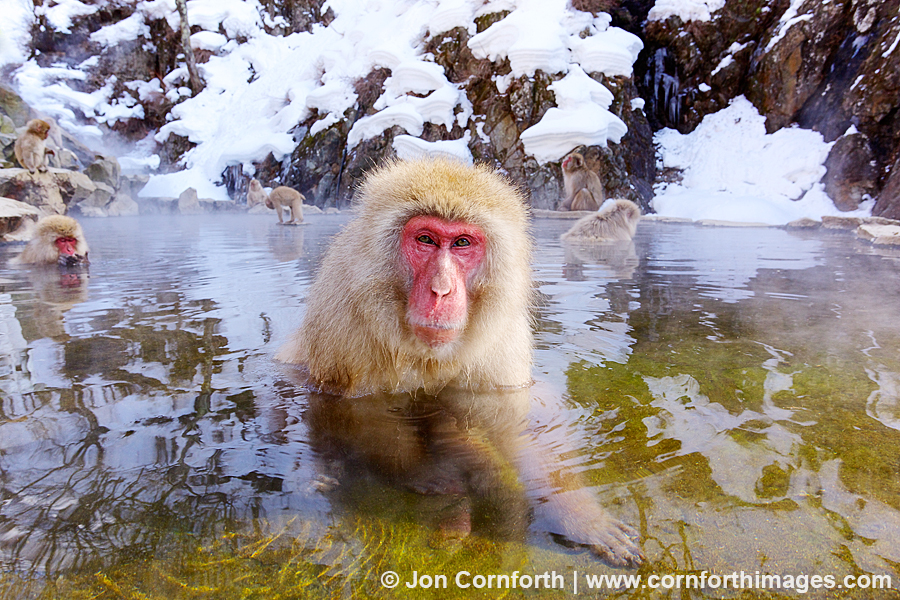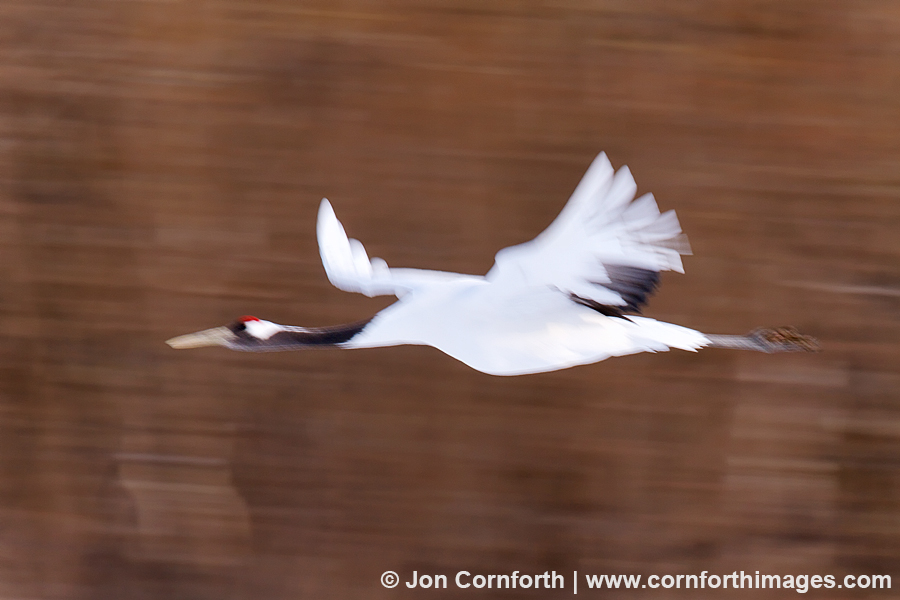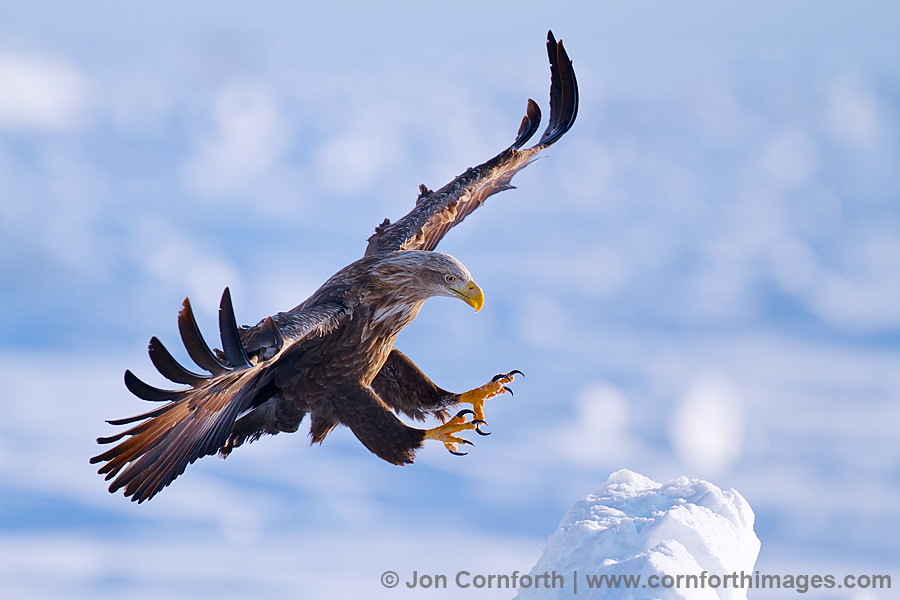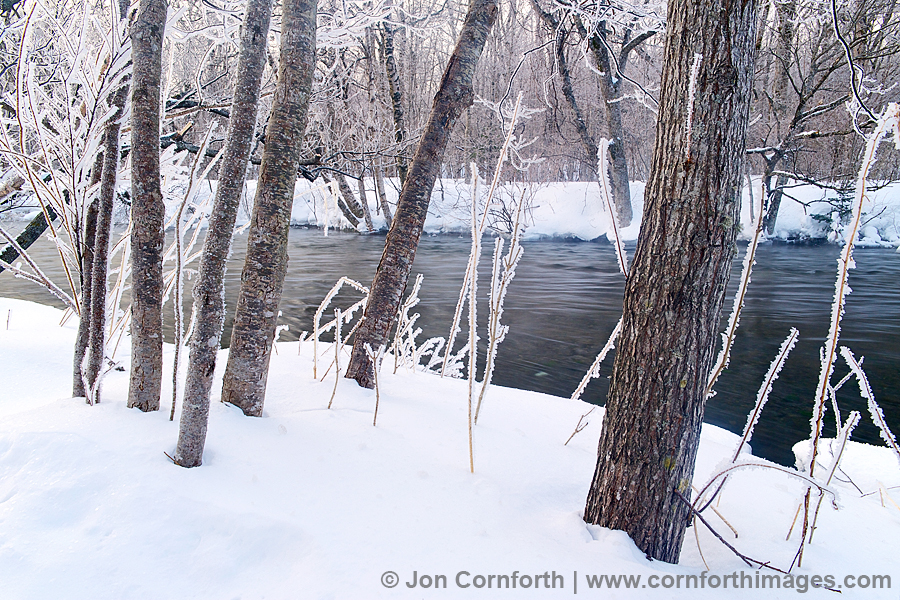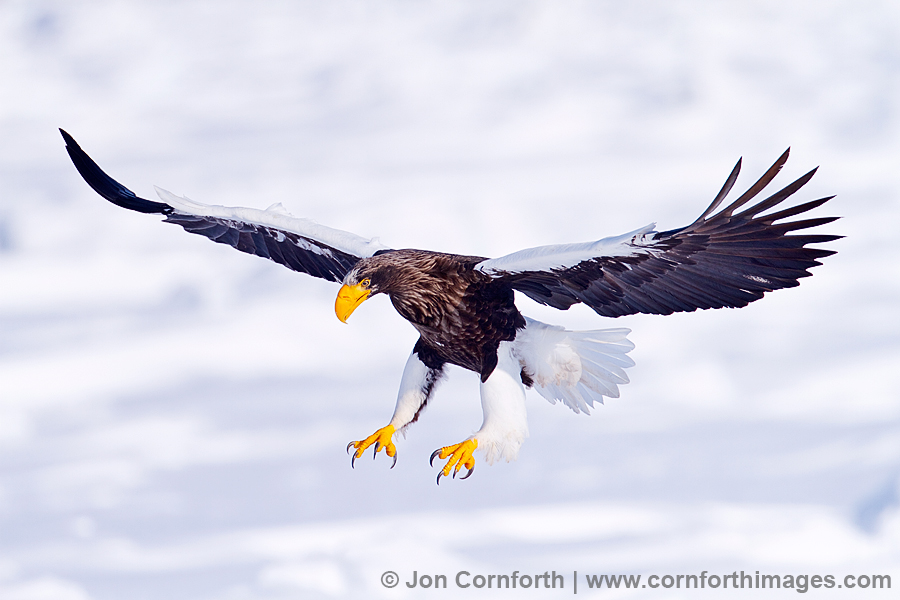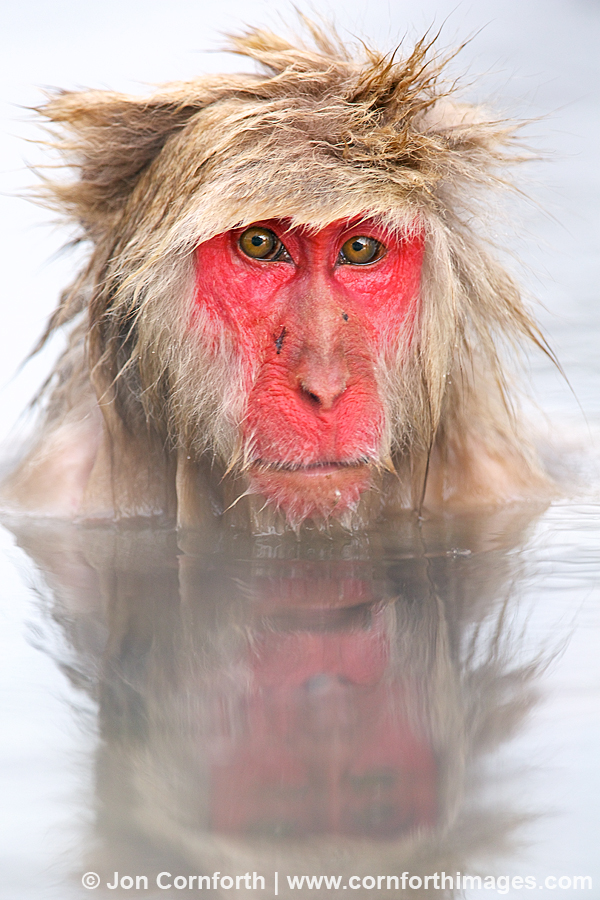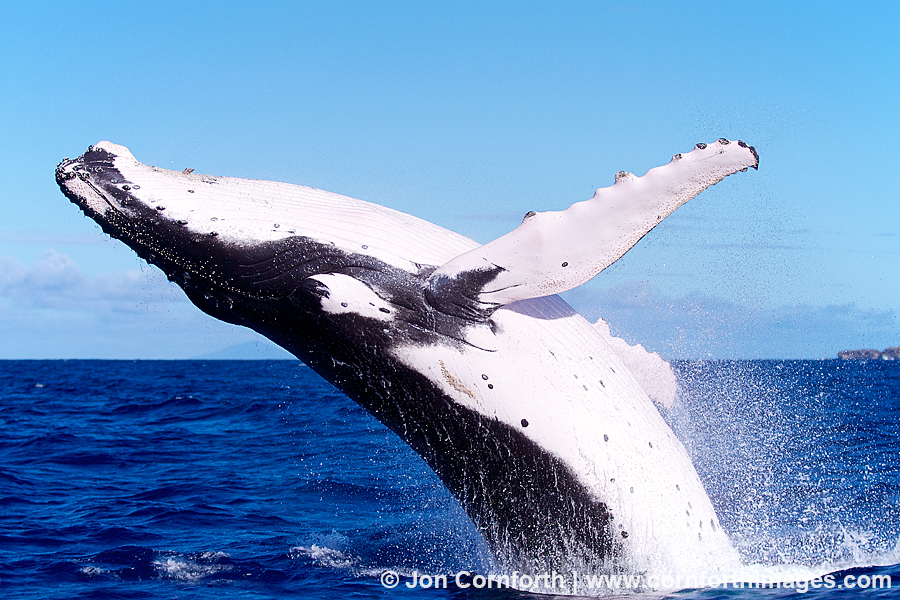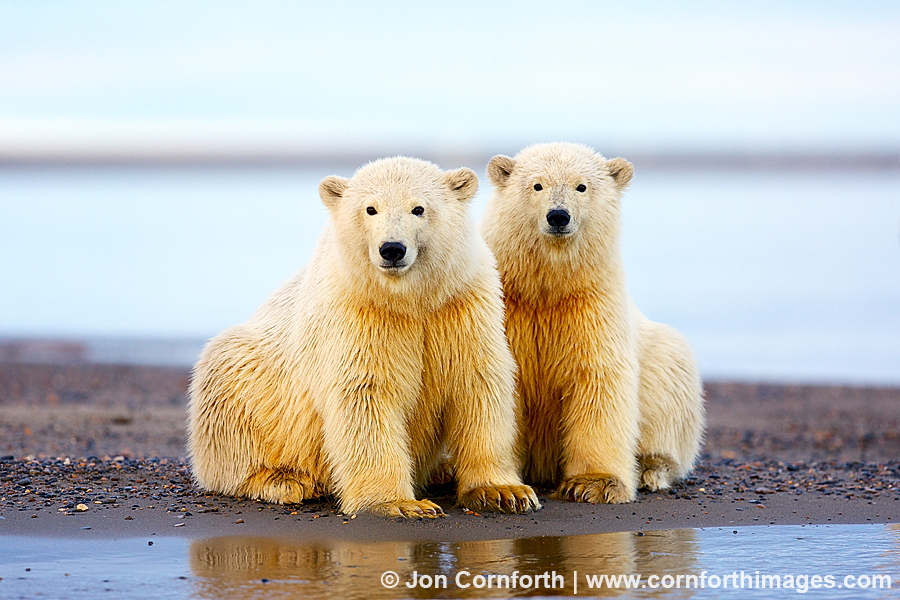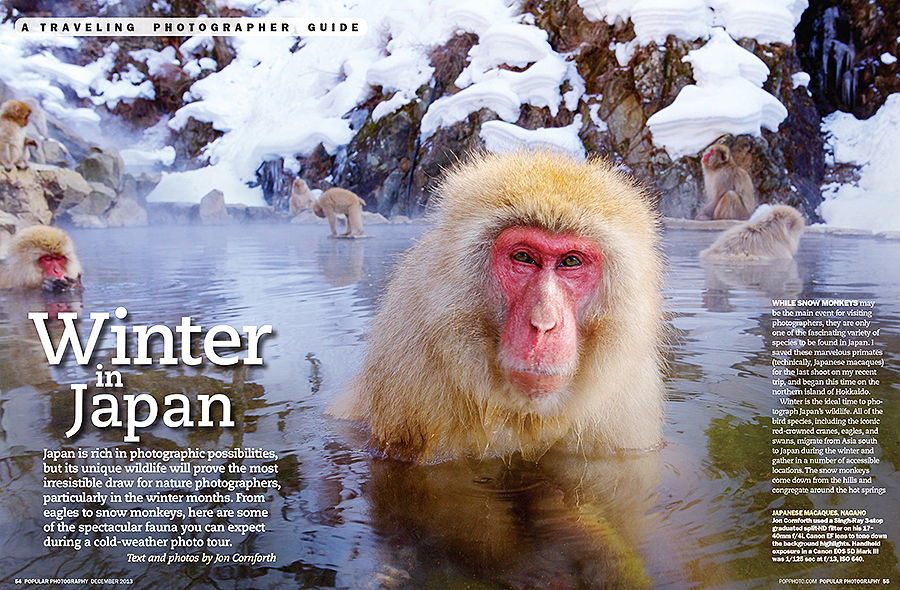
Popular Photography December 2013 Winter in Japan Article
Posted onI’m pleased to be able to share that my article “Winter in Japan” has been published in the current issue of Popular Photography. In my article, I offer advice about how to visit the best wildlife locations and technical information about how to photograph these amazing animals. You can read the full article online at, www.popphoto.com/how-to/2013/12/travel-photography-winter-japan. The opening double page image of the Japanese macaques, or snow moneys, was created during my Japan photography tour last winter. I highly recommend a visit to the Jigokudani Monkey Park to anyone traveling to Japan.


